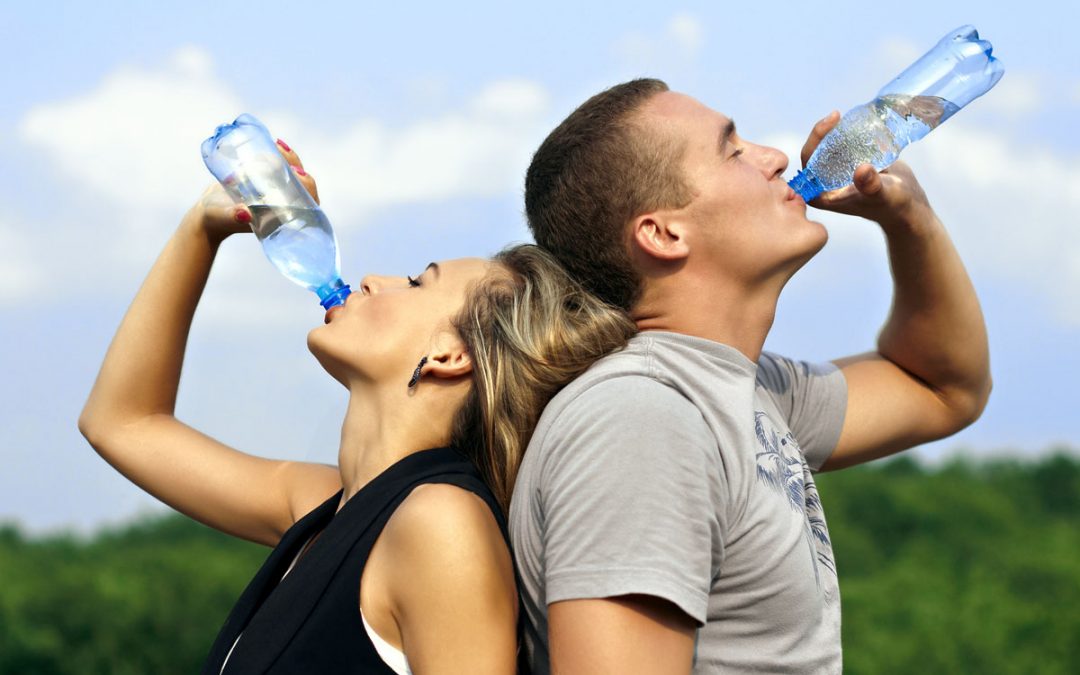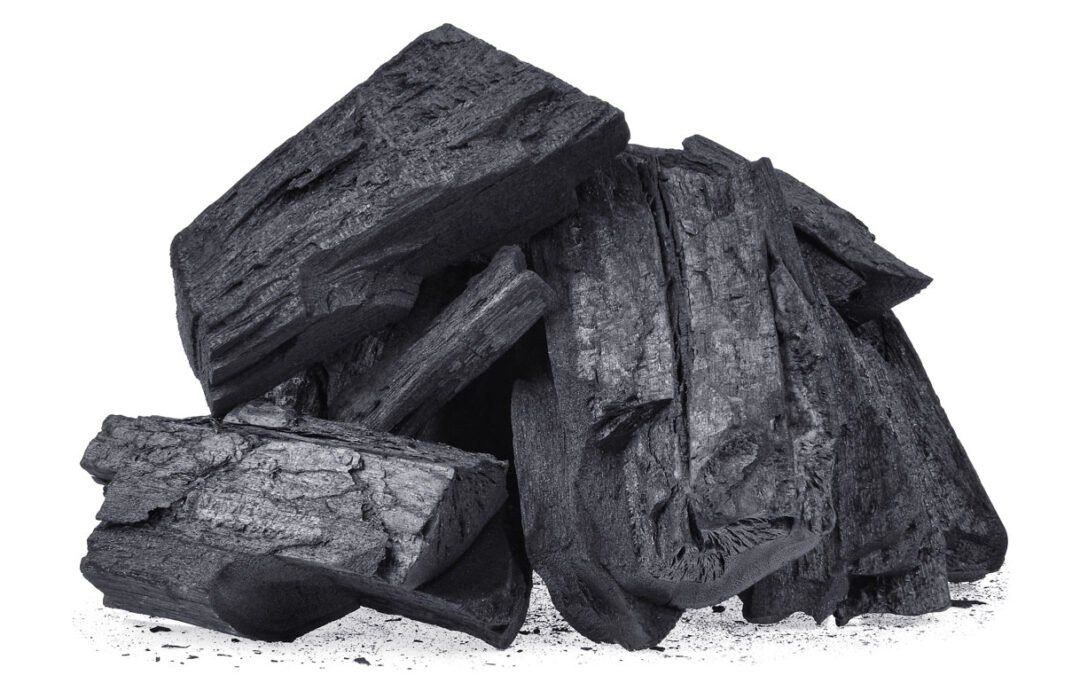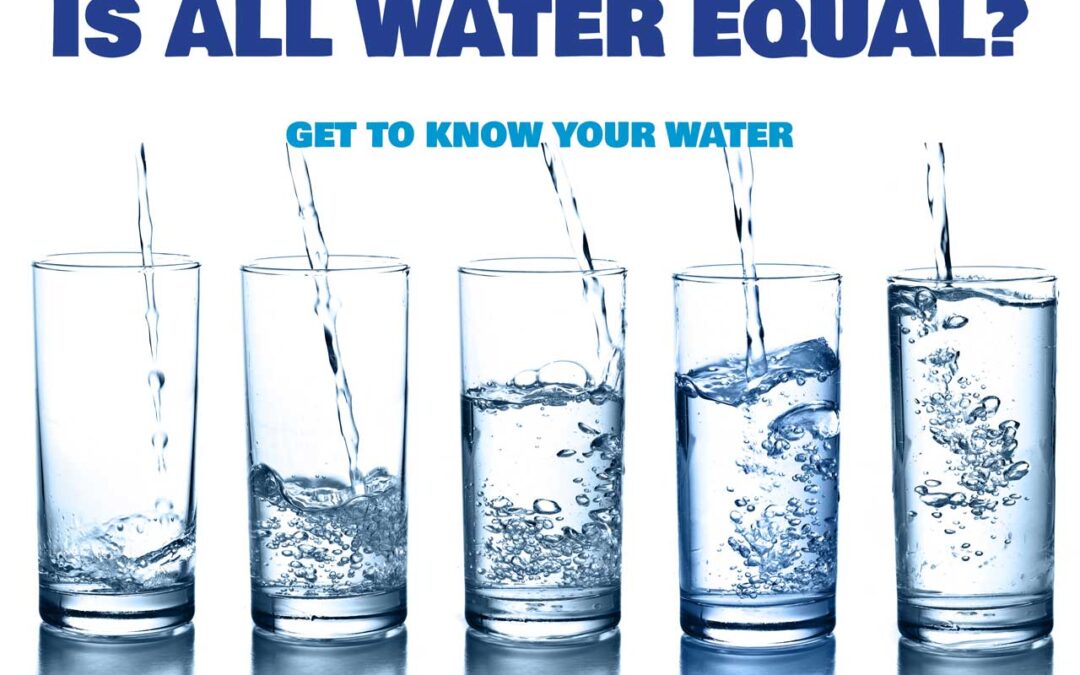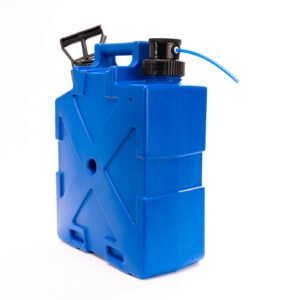
Three Top Reasons why you should drink more water in your day
REASONS WHY YOU SHOULD GET MORE WATER IN YOUR DAY
Almost every slow news day involves a bulletin on the next greatest health drug available. Be it a tablet to aid weight loss or an energy drink to get you through the day, and people are ready to part with their hard-earned dollars for this claimed shortcut. Most of them don’t tell to drink more water.
Unfortunately for them, the best wonder ‘drug’ is already available to them and is waiting for them to turn their tap on. Water is the best way to combat most of life’s day-to-day struggles and doesn’t require a credit card to obtain.
Drinking More Water Promotes Weight Loss
Ever worked out really hard but left the gym feeling full after consuming your liter bottle of water? Well, imagine you did that next time you’re watching a movie and reach for a bag of chips. Not only is it this practical effect, but water also speeds up your metabolism and helps get you active.

Sensational for your internal body organs
Most of us, including me, don’t consistently drink sufficient water every day.
Since our body is around 80% water, we need to continuously replenish it. Our bodies need to be continually be flushed out. Not until recently, I was informed by the doctor of the importance to be kept very well hydrated. It heats to reduce the stress on our heart. Being dehydrated makes our heart work harder due to the blood be “thicker.”
So “DRINK MORE WATER!”
Great for your skin
Creams and moisturizers are great products, but they are often catching the problem when it is too late. Our skin grows in layers, so any applied medication can only fix the outside layers, which are soon to fall off. It makes sense to aid the skin as it is growing from the inside, and drinking water is the best way to make sure our complexion stays youthful. Drink more water will help your skin.
Immune system and pain relief
Panadol and Codral make up most people’s medicine cupboards during the winter months. Getting sick is the worst part of the cold, and it can very easily be prevented before you have to buy all those expensive remedies. Water makes up most of our brain and body, so it is essential to keep your engine operating smoothly during your day. Dehydration is the cause of many day-to-day ailments and can easily be prevented by working an extra glass or two of water into your daily routine.
Drink more water will save you money
The full benefits of water and which diseases it may prevent are still being fully discovered, but that shouldn’t prevent you from consuming it now. It isn’t a prescription drug that needs to be bought, with a risk of wasting money.
Water is free, it covers most of our planet, and we are taking one of our most significant resources for granted. There are many rules of thumb about how many glasses should be consumed over a day, but any amount will benefit you in the long run. In the end, it is risk-free and going to help you enjoy your life, even more when you have some extra dollars at the end of the week.














 “The crisis of our diminishing water resources is just as severe (if less obviously immediate) as any wartime crisis we have ever faced. Our survival is just as much at stake as it was at the time of Pearl Harbor, or the Argonne, or Gettysburg, or Saratoga.”
“The crisis of our diminishing water resources is just as severe (if less obviously immediate) as any wartime crisis we have ever faced. Our survival is just as much at stake as it was at the time of Pearl Harbor, or the Argonne, or Gettysburg, or Saratoga.”










